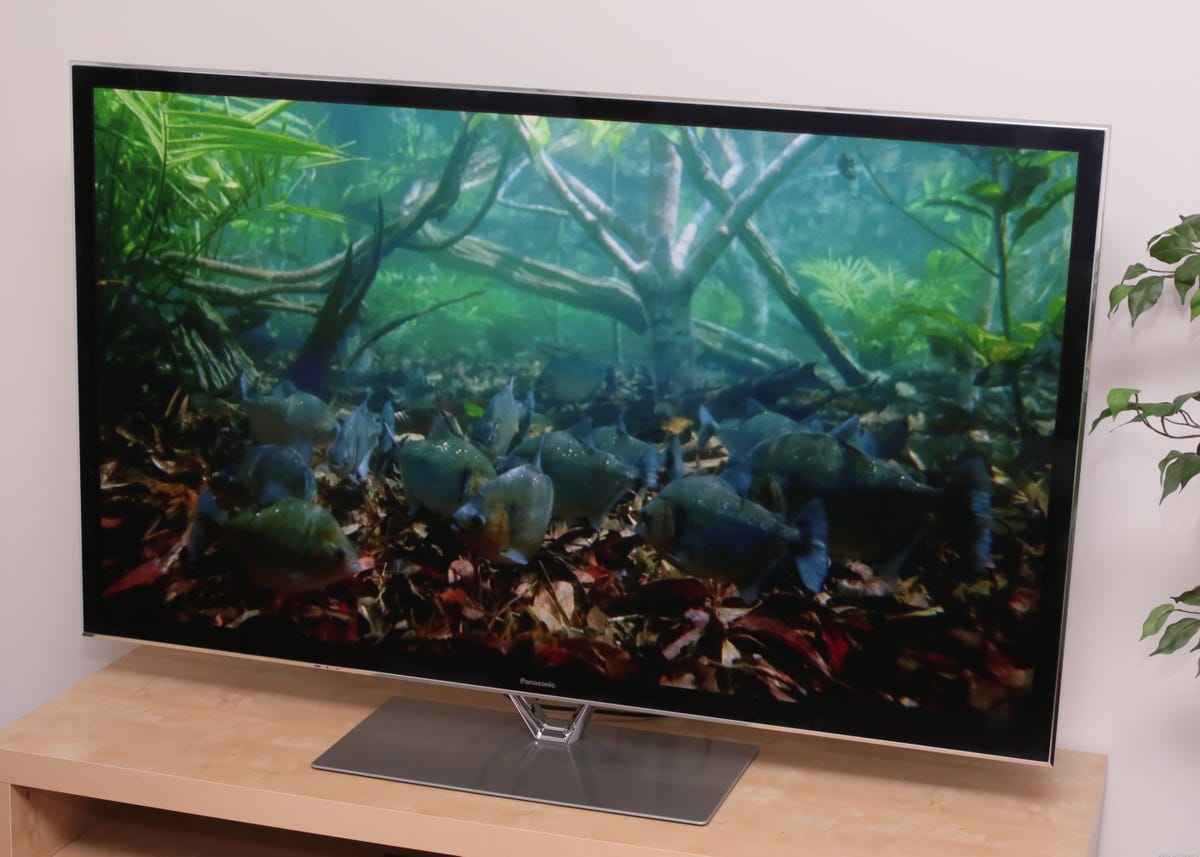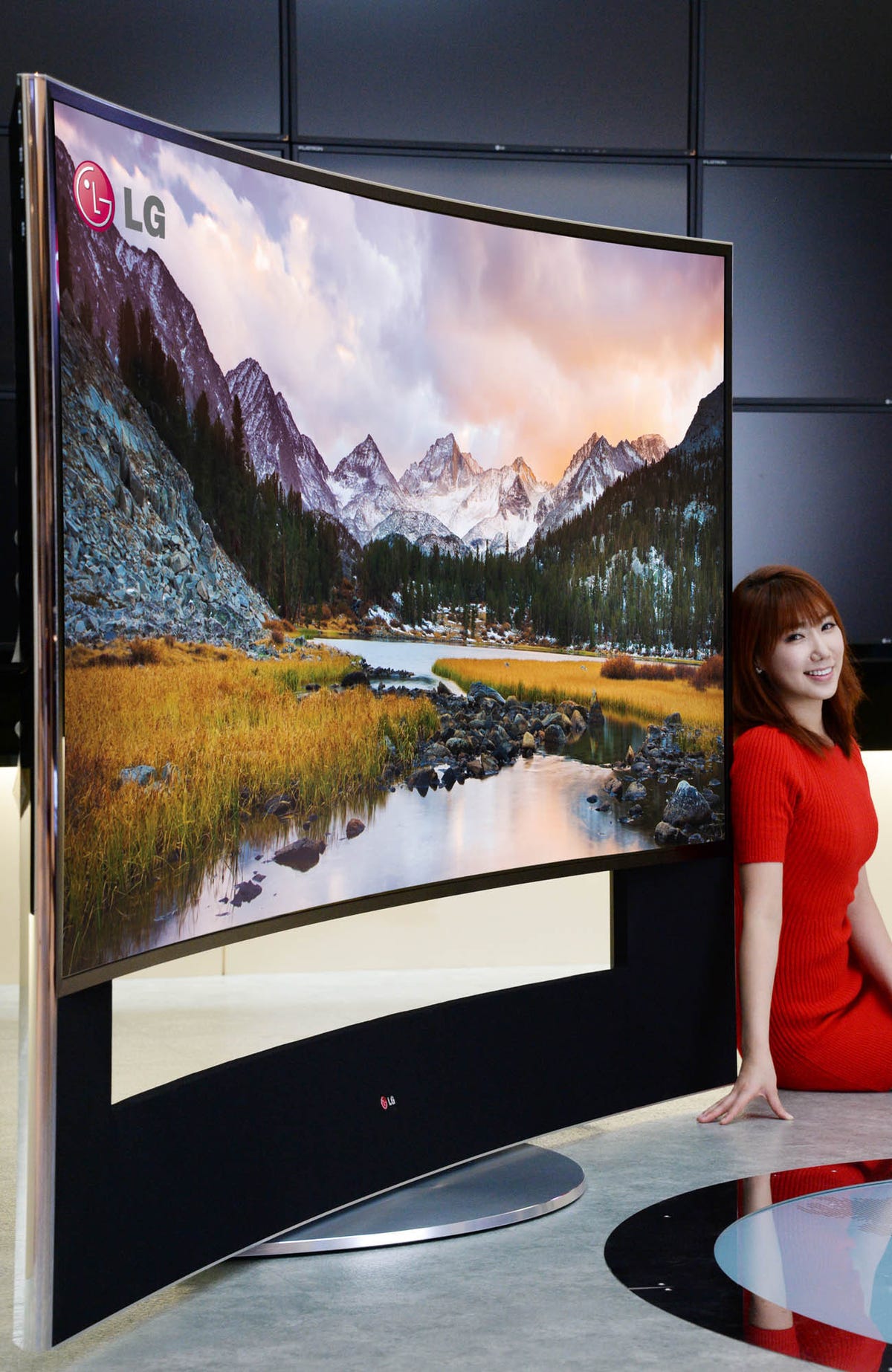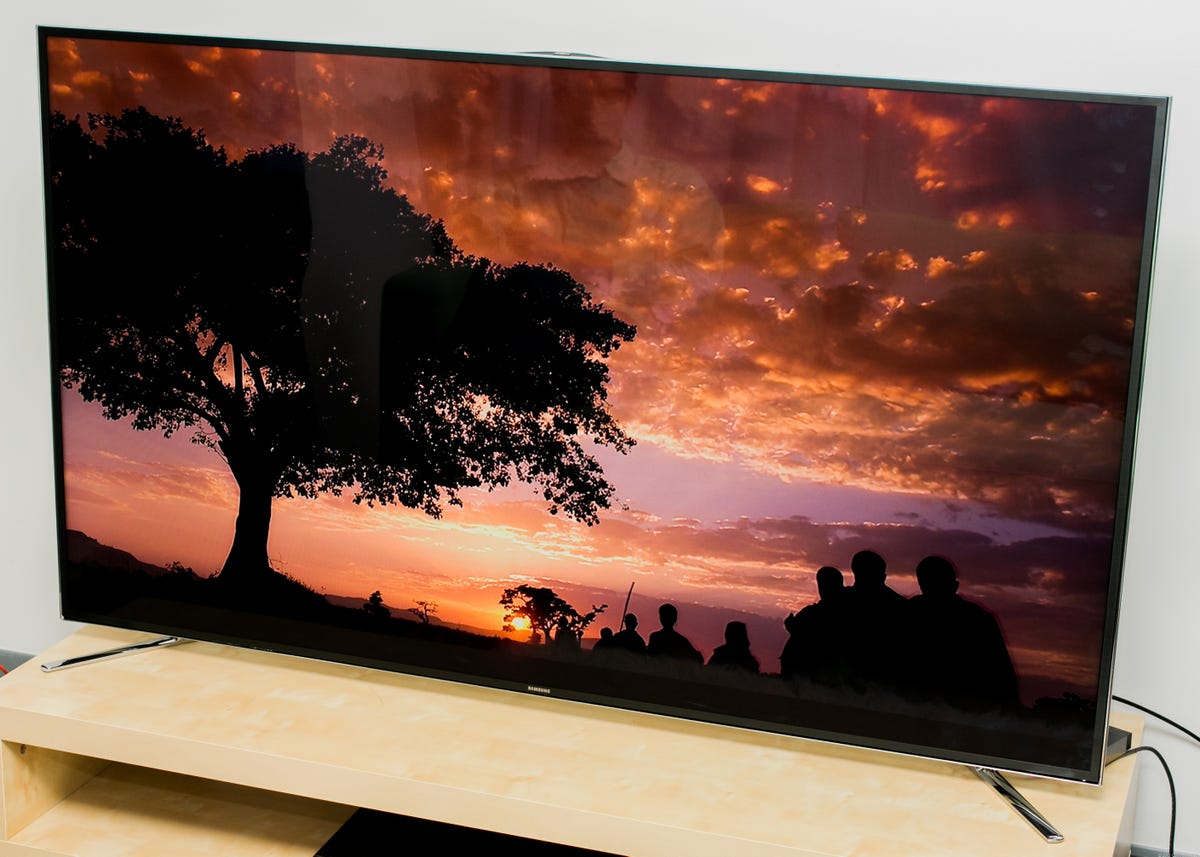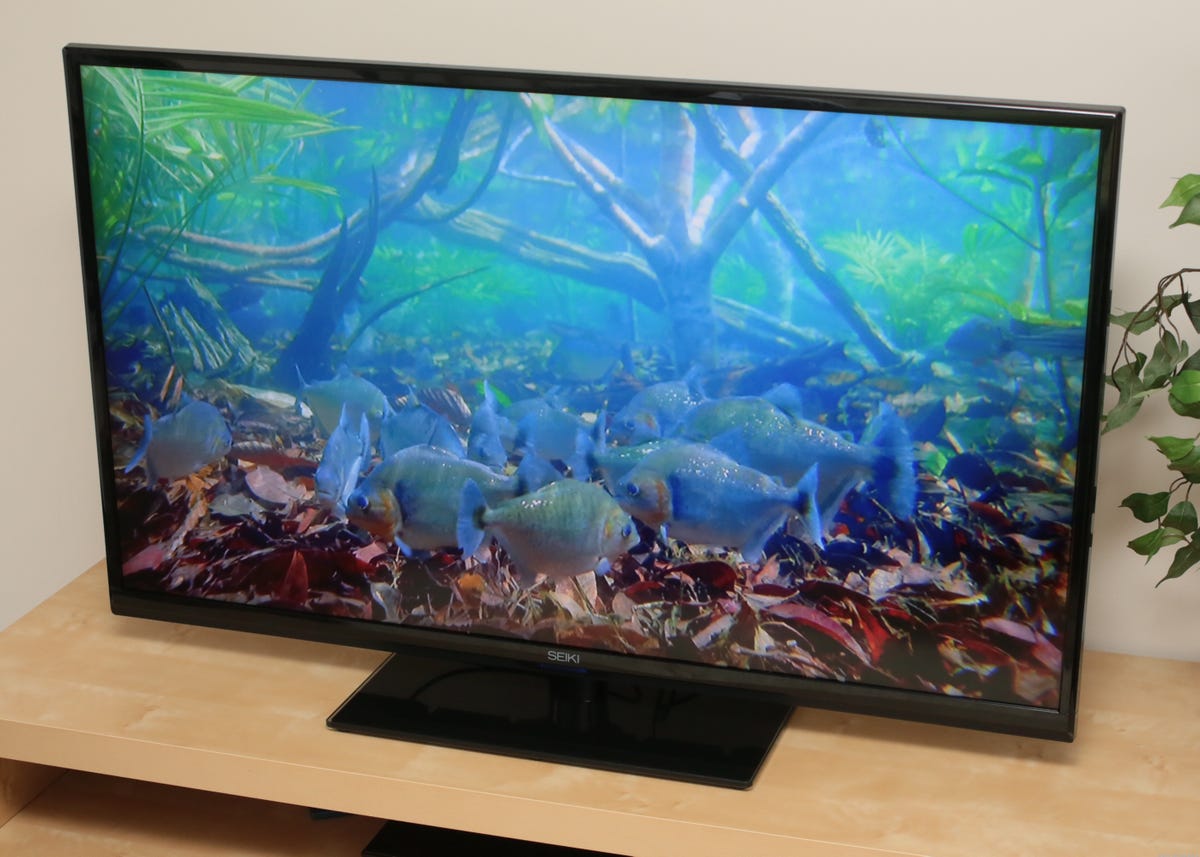
A lot of stuff happened in 2013, and it was an especially eventful year in the TV market.
For the first time mainstream TVs with 4K resolution, all of them LED LCDs, appeared–and then promptly fell in price. After years of fits and starts, the first OLED TVs went on sale — and stayed expensive. 3D TV basically died with the ESPN pullout, and Evolution Kits, input lag and projectors were all newcomers to CNET’s ever-evolving TV reviews process.
The biggest change happened on October 31, however, when Panasonic solemnly announced that it would no longer manufacture plasma TVs. For picture quality enthusiasts the world over, the question immediately became “What’s next?”
CES 2014 will have the immediate answers.
Filling plasma’s shoes with LED First off, LG and Samsung will most likely introduce and sell new models of plasma TVs in 2014. Heck, the successor to the Samsung PNF8500 plasma, even if it’s exactly the same, is my odds-on favorite for best non-OLED TV of the year.
Speaking of OLED, I don’t expect those TVs to fall much in price in 2014. Yes, leading TV makers will likely introduce new versions, and some might even be larger than 55 inches and/or actually flat, but you still won’t be able to afford one. 2014 absolutely will not be the year OLED goes mainstream, and I don’t even expect to hear much about it at CES.
That leaves LED LCD to fill the void left by plasma. I’m pessimistic that any can reach the heights of bang/buck that the Panasonic S60 and ST60 achieved, but products like the Vizio E series — with its affordable, effective local dimming — might point the way.


Sarah Tew/CNET
Help me, local dimming Kenobi; you’re my only hope If you’re not familiar with local dimming, it’s a technology that allows LED LCDs to overcome one of their biggest picture quality problems — grayish, washed-out renditions of black — by selectively dimming and brightening different parts of the screen. Done right, it works wonders. The best-performing LED LCD TVs of 2013, including the Samsung F8000/F9000, the Sony W900A and the Vizio E and M series were all local dimmers.
In 2014, I expect to see even more TV makers introduce local dimming, and migrate the capability down to less-expensive models. I’d also love to see the return of full-array local dimming, last seen on the Sony XBR-HX950, in high-end models.
That’s what myself and others focussed on picture quality would *like* to see. In reality, what we’re going to see from LED LCD makers is something closer to the monstrosities below.


LG
.jpg?auto=webp&width=1200)
.jpg?auto=webp&width=1200)
Samsung
4K and curved: Two unavoidable trends The two TVs pictured above are 105-inch, curved, 4K resolution LED LCDs recently introduced by LG and Samsung. I wouldn’t be surprised if they cost $80,000 on account of their otherworldly size.
Back on Earth, I don’t expect too many more curved TVs to be introduced at CES, but the models above, in addition to the curved OLEDs and Sony’s KDL-65S990A, the first curved LED LCD, constitute a mini-trend. In the quest for the new and different, curved TVs and phones, now that they actually can be manufactured, are seemingly irresistible. Unlike the phones, the one curved TV I got to extensively test in person, Samsung’s OLED, didn’t benefit from its concavity. I found myself wishing it was flat.
As for 4K, or Ultra-high Definition, it’ll be as common at CES as hacking coughs and B.O. Every TV maker will introduce at least one line with 4K resolution, nearly all will have HDMI 2.0, and prices will continue falling. 4K TVs will take the place of 1080p TVs as the flagship models, so if you’re buying a high-end LED LCD TV in 2014 — for example, one with local dimming — chances are it’ll have 4K resolution whether you want it or not.
As we’ve said ever since it was first introduced, the migration from 1080p to 4K resolution TVs is inevitable. 2014 will be the year 4K TVs hit mainstream prices.


Sarah Tew/CNET
I am hoping for more concrete announcements about 4K content, which is still essentially nonexistent. At this point I’d be surprised if 4K Blu-ray was announced in time for the show, although there have been glimmers of hope. I don’t expect any major TV broadcast announcements, although there will be some chatter around the 2014 World Cup in 4K. Perhaps the most important piece of solid 4K content news comes from Netflix, which now says a specific 4K streaming app will be available on certain TVs introduced at the show.
Odds-n-ends: Smart, big, and China No CES preview is complete without passing mention of Smart TV, so here it is: More TVs will be Smart than ever, and they’ll do more stuff like control your cable box, respond to voice commands and play your cell phone videos. LG has already said it will show 2014 models that run off its new Web OS platform, so there’s that.
Every TV maker has told me the “real growth” is in big screens, 55 inches and larger. The other side of that coin is that it’ll be more and more difficult to find premium, high-quality TVs in smaller sizes.


Sarat Tew/CNET
One thing no traditional TV maker wants to talk about is China. Chinese TV brands, led by Seiki, TCL and Hisense, made serious inroads in the US market this year, in part by grabbing headlines with inexpensive 4K models. If one or more decided to try “pulling a Vizio” — create a more trusted brand in the US while retaining ultra-aggressive prices — making waves at CES would be a good start.
Prepare yourself! Plasma may be on life support, and OLED a distant beacon of faint and fading hope, but hundreds of TVs will still be introduced at CES 2014. We’ll be there to catalog the best and most interesting ones, no matter how curved or festooned with gimmickry, and let you know what (if anything) is really important about them. And if none of these newfangled TV trends tempts you, it’s not too late to buy one of the last Panasonic plasmas.




